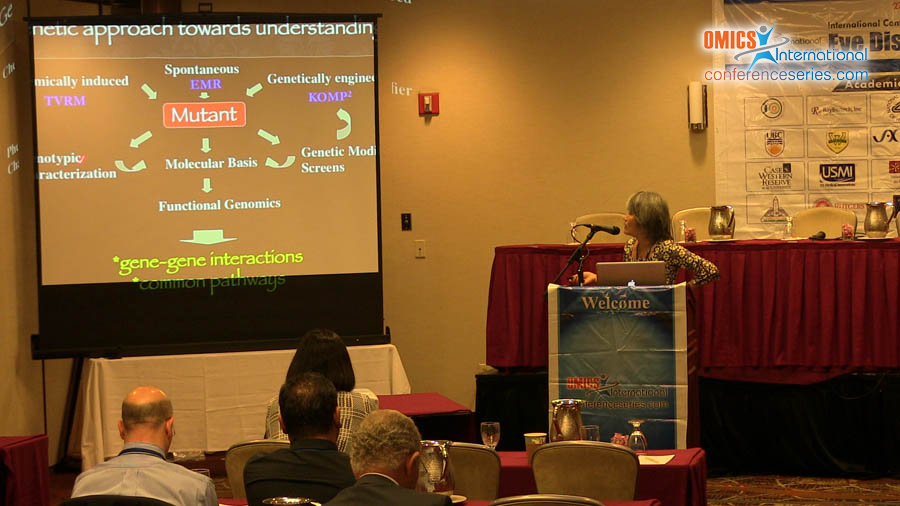
Patsy Nishina
The Jackson Laboratory, USA
Title: Chemical mutagenesis: Generation of novel mutants and elucidation of functional pathways in the eye
Biography
Biography: Patsy Nishina
Abstract
Abstract With the exception of trauma and infectious disease, the majority of the reported eye diseases are genetic in nature. While some of these diseases have associated animal models, many do not. Through a chemical mutagenesis program, Translational Vision Research Models, we have identified 89 ocular models with defects ranging from cataracts to photoreceptor degeneration. The molecular basis has been elucidated in 54 mutants. Of these, 25 were remutations with some similarities to previously published alleles, 13 were remutations with at least one significant difference to previously reported models, 5 were caused by mutations in genes found in human patients but for which no mouse model had been described, and 12 were caused by mutations in novel genes that were previously not implicated in eye disease. The disrupted genes encode for proteins involved in retinal developmental, in cellular structure or adhesion, in cellular trafficking, in metabolism, in the visual cycle, in synaptic signaling, and in post-translational processing of retinal proteins. Chemical mutagenesis can be, not only, used to generate new disease models but can also be used in sensitized mutagenesis-driven modifier screens. In mice, this can be a powerful approach to reveal molecules/pathways that disrupted in the disease state, and as a consequence this approachcan potentially identify new treatment targets. A large number of disease-modified strains have been identified in a sensitized screen of B6/B6N-crb1rd8/crb1rd8 mice. Enhanced retinal lesions, neovascularization, and pigmentation phenotypes have been documented in the strains established from the sensitized screens.



